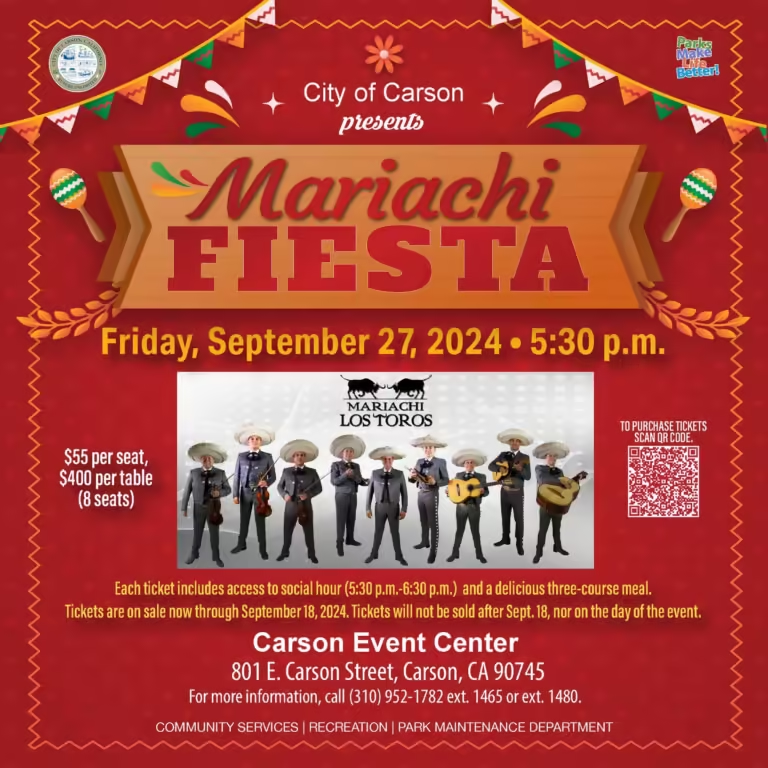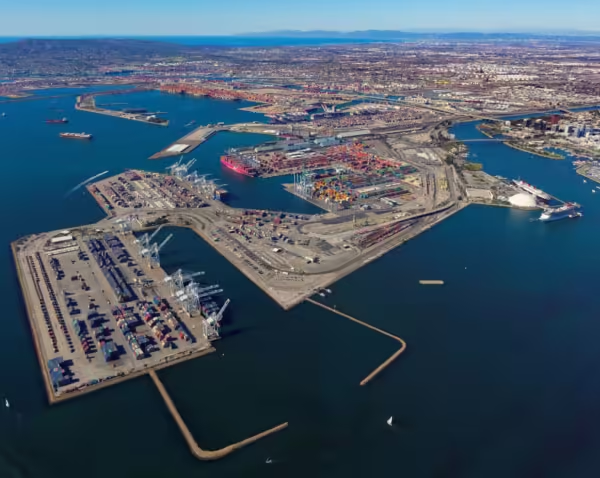Mayor Bass Releases Feedback From Hundreds of LAPD Officers and Community Leaders To Inform Chief of Police Search
LOS ANGELES — Los Angeles Mayor Karen Bass Sept. 17 released a summary report following meetings with hundreds of LAPD officers and community leaders about what they are looking for in the next Chief of Police. Mayor Karen Bass has met with law enforcement, community leaders, business leaders and entrepreneurs, and residents across the City of Los Angeles to discuss qualities they want to see in the next leader of LAPD.
“It is vital to me that the opinions of rank and file officers as well as community leaders are front and center in this search,” said Mayor Bass. “The information in this report has been actively conveyed to the search firm assisting with this process and members of the Los Angeles Police Commission. We will use this information not just to find our next Chief of Police but also as guidance as we press forward with reforms that make Los Angeles safer while supporting our officers.”
LAW ENFORCEMENT: Mayor Bass has met with hundreds of LAPD officers, civilian staff, command staff and leadership from divisions in all bureaus. In addition, Mayor Bass met with representatives from the Law Enforcement Association of Asian Pacific-Islanders, Hispanic American Command Officers Association, Association of Black Law Enforcement Executives, Los Angeles Women Police Officers and Associates, L.A. County Officers Pride Society and more to gather their input on what they want to see in the next Police Chief.
COMMUNITY LEADERS: Mayor Bass has met with members of civil rights organizations, clergy and faith-based organizations, survivors of crime, Neighborhood Councils throughout the City, and violence intervention and prevention organizations like the Urban Peace Institute, 2nd Call, Advocates 4 Peace and Urban Unity, and Californians for Safety and Justice. Feedback was also received from community groups including Coalition for Humane Immigrant Rights Los Angeles (CHIRLA), AAPI Equity Alliance, Asian Americans Advancing Justice Southern California, Catalyst California and the Coalition for a Better Los Angeles.
BUSINESS LEADERS AND ENTREPRENEURS: Mayor Bass has met with small business owners, local economic development organizations and entrepreneurs. The respective convenings included members of the Los Angeles County Business Federation (BizFed), the Los Angeles Area Chamber of Commerce, the Valley Industry and Commerce Association and the Hollywood Chamber of Commerce, among others.
RESIDENTS ACROSS THE CITY: Mayor Bass engaged residents across the city through in-person town hall discussions and through the chief of police community survey, developed and administered by the City of Los Angeles’ personnel department, in consultation with the Board of Police Commissioners. The community survey received more than 1,300 submissions from community members.
Additionally, on Sept. 10 an interfaith delegation of Los Angeles faith and civic leaders delivered a letter to Mayor Karen Bass’ office in support of Chief Robert Arcos to be selected as the next Los Angeles Chief of Police.
The coalition members also gave deputy mayor of public safety Brian Williams a copy of the letter, which you can find below, that was given to Mayor Bass.
Dear Mayor Bass,
On behalf of a broad and diverse coalition of civil rights, civic, and community organizations in Los Angeles — including LULAC, the NAACP Beverly Hills Hollywood Branch, Latino Equity and Diversity Initiative, Avance the Democratic Club, The Muslim Democratic Club, and over 40 other organizations — we would like to commend you for your outstanding leadership since taking office.
The appointment of the next Chief of Police is one of the most crucial decisions you will make as mayor of our great city. We strongly urge you to select Chief Robert Arcos for this important role.
Chief Arcos, who was a top three finalist in 2018, has once again put forward his name for consideration as Chief of Police. Our coalition, representing diverse organizations, firmly believes that Chief Arcos is the most qualified candidate for this critical role.
His profound understanding of our dynamic city, coupled with his extensive experience as both an LAPD officer and Chief, uniquely positions him to tackle the complex challenges faced by peace officers today. He is dedicated to establishing a gold standard in Los Angeles, setting an example for police departments throughout California and the nation.
His appointment would also be historic, as he would become the first Latino LAPD Chief in a city where nearly half of the population identifies as Latino. We believe that representation is essential.
We are confident that Chief Arcos’ selection would play a pivotal role in restoring public trust in the department citywide, while also uplifting morale within the force. Our coalition hopes that you will consider our collective voice and grant our request on behalf of the communities we represent.
Respectfully,
Nilza Serrano, Ron Hasson President NAACP Beverly Hills Hollywood Branch
Co-Chairs of The Coalition to support Chief Arcos.
Shannon Ross President San Pedro Democratic Club.
Moe Adwadallah President Muslim Democratic Club
City of Los Angeles Unveils AdvantAGE LA Plan to Employ, Retain and Advance Older Workers
LOS ANGELES — The City of Los Angeles Workforce Development Board in partnership with the Economic and Workforce Development Department unveiled the launch of the AdvantAGE LA Report, a pioneering plan dedicated to the employment, retention and advancement of older workers. As the first city in the nation to develop such a comprehensive strategy, Los Angeles is setting a powerful example of how cities can support their aging workforce, strengthen the local economy, and cultivate a highly skilled labor pool.
“This report proactively develops a plan that serves our older workers while also identifying the policies we need to implement to continue leading the way,” said Mayor Karen Bass. “We must do all we can to support older adults and provide opportunities to thrive”
The AdvantAGE LA Plan comes at a crucial time as Los Angeles experiences a significant demographic shift. With nearly 1 million adults aged 55 and over, making up 25% of the city’s population and 20% of its workforce, this initiative is not just timely but imperative. According to the Pew Research Center, older adults are the fastest-growing segment of the labor force nationwide, underscoring the urgency of such forward-thinking policies.
In partnership with AARP, the City of Los Angeles is set to launch the transformative Age-Inclusive 101 training program with employers citywide, reinforcing its commitment to fostering inclusive work environments. Both the city and county are dedicated to advancing AARP’s Employer Pledge Program.
Nancy McPherson, AARP California State Director, highlighted the significance of this initiative, stating, “By 2030, workers 50-plus will make up over 36% of the workforce—and that’s good news for employers who understand the value experienced workers bring to the table. Older workers are a critical component of a high-performing workforce. AARP believes that people 50-plus and workers of all ages should have a level playing field in their ability to compete for and obtain jobs. The multigenerational workforce is here to stay. It’s time to start leveraging it.”
Anticipating this demographic shift, the City and County of Los Angeles, in collaboration with other cities, the private sector, and AARP California, launched the Purposeful Aging Los Angeles (PALA) initiative in 2016. PALA aims to enhance the region’s age-friendliness and prepare for an aging population, focusing on strategies across eight domains of livability, including Civic Participation and Employment. The AdvantAGE LA report aligns with PALA’s priorities, specifically addressing the employment needs of individuals aged 55 and over.
Despite their immense contributions, older workers often face ageism and systemic barriers that hinder their career progression and full participation in the workforce. More than half of workers over 50 have experienced involuntary job separation, and those who find new employment often earn significantly less than in previous roles. As employers grapple with labor shortages, tapping into the talent pool of older workers becomes not just an option, but a necessity.
In the coming months, the city will launch numerous partnerships to address the needs of older workers, improve workforce services, and ensure Los Angeles leads by example as an age-inclusive employer.
Details: Access the AdvantAGE LA Report here.















